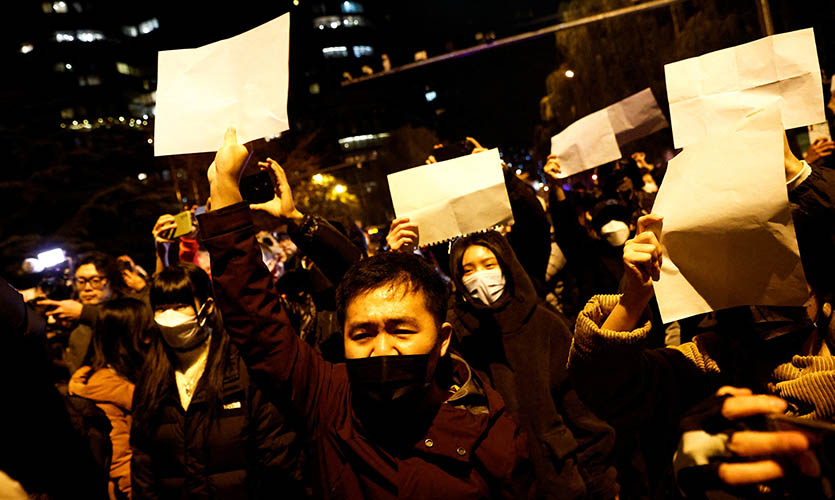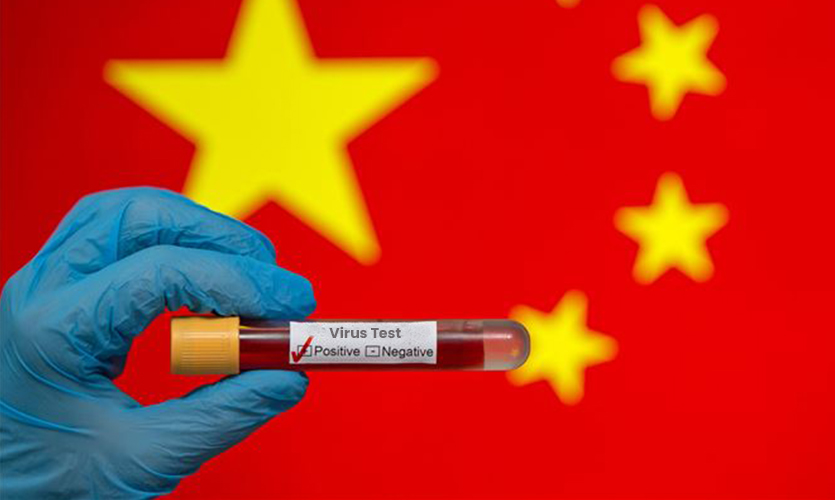Early findings from a study in the Lancet medical journal show that mixing doses of two leading COVID-19 vaccines – Oxford AstraZeneca and Pfizer-BioNTech – increased patients’ side effects such as fatigue and headaches. The study, however, is yet to show how well such a cocktail defends against coronavirus.
Researchers from the University of Oxford stated in the journal that people who received the first jab of the AstraZeneca vaccine followed by a dose of the Pfizer vaccine four weeks later showed more short-term side effects. This remained true when the order of the shots was switched.
What Is The Purpose Of The Study?
The combined regimen is referred to as a heterologous boost. As many low and middle-income countries struggle to deal with vaccine shortages, researchers and public health authorities are looking at methods to combine two separate vaccines. The assurance that mismatched shots are both secure and reliable will help policymakers maintain their stockpiles and offer further insight into a mixture that can be used in certain countries.
In France, for example, people who had their first dose of the AstraZeneca vaccine before the government limited it to older patients are being given the Pfizer vaccine as the second dose.
“It’s a really intriguing finding and not something that we were necessarily expecting,” said Matthew Snape, a Paediatrics and Vaccinology professor at Oxford who’s leading the trial. “Whether or not this will relate to an improved immune response, we don’t know yet; we’ll be finding out those results in a few weeks’ time.”
Read more about how several states in India have raised global tenders for vaccines
What Are The Side Effects?
The analysis revealed no safety concerns, and the more severe side effects subsided after a few days, Snape said during a conference call. According to him, the findings indicate that mixed dose schedules can result in an increase in work absences the day after immunisation. “You wouldn’t want to immunize a ward full of nurses with a mixed schedule on the same day,” he said.
According to the report, approximately 10% of those who received combined doses experienced extreme exhaustion, compared to approximately 3% of those who received a single form of the vaccine. The participants in the study are all over the age of 50. Snape anticipates that the reactions may be much worse in younger patients.
The researchers are now experimenting with a longer dosing time of 12 weeks between doses and plan to broaden the study to include vaccinations developed by Moderna, Inc. and Novavax, Inc.
Not all vaccines can be combined but researchers agree it is possible for those who have the same target – in this case – the virus’s spike protein.










